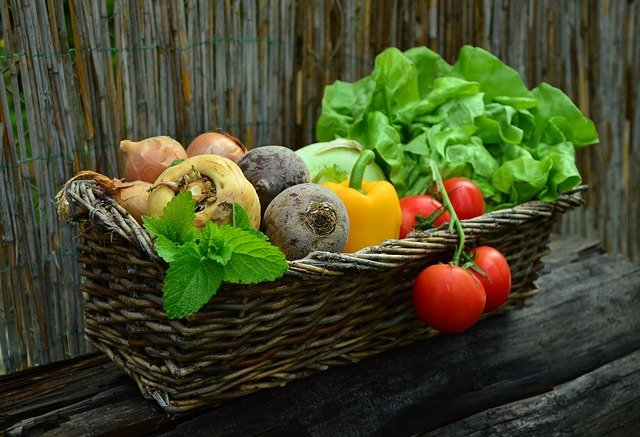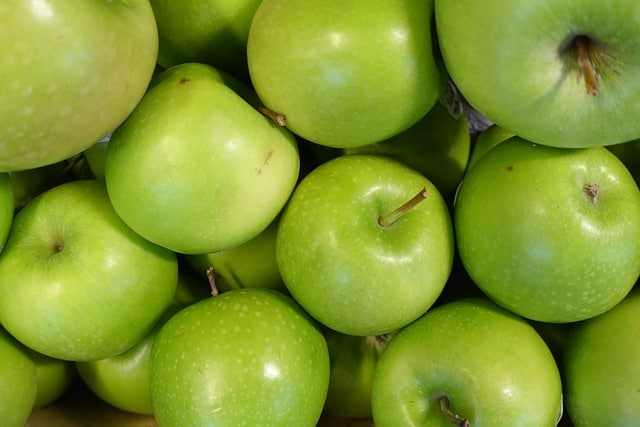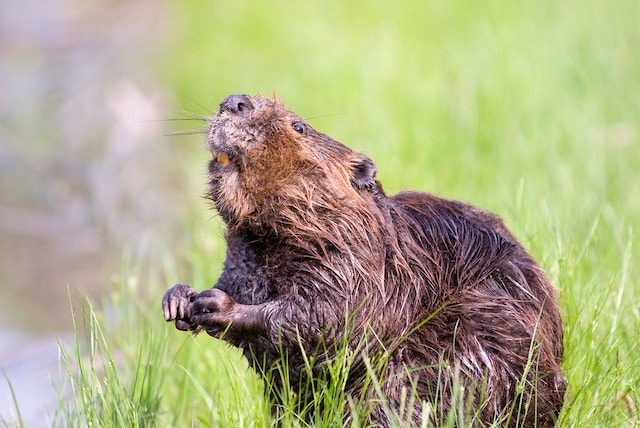Are Genetically Modified Foods Safe? A Scientific Exploration
The Fascinating World of GMOs: Separating Fact from Fiction
When you stroll through the supermarket, you’ll likely spot countless products proudly displaying “Non-GMO” labels. These labels often sit alongside claims like “gluten-free” or “fat-free,” subtly reassuring shoppers that their food is healthier because it’s not genetically modified. But is this really the case? Let’s dive into the intriguing world of GMOs (genetically modified organisms) and uncover some surprising truths.

The Non-GMO Movement: What’s Behind the Label?
The Non-GMO Project, with its iconic orange butterfly logo, has become a symbol of “natural” food. They argue that GMOs are unnatural combinations of plant, animal, bacteria, and virus genes, and that long-term safety studies are lacking. But here’s the kicker: over 90% of cotton, soy, and corn grown in the U.S. in 2024 is genetically modified. So, are we all doomed to become food mutants, or is there more to the story?
The Potential Downsides of GMOs
Let’s start with the concerns. Critics argue that GMO seeds can be a burden for farmers. Cross-pollination between GMO and non-GMO crops can create unintended hybrids, complicating labeling and sales. Plus, GMO seeds are patented, meaning farmers can’t save or replant them without facing lawsuits from companies like Monsanto.
Environmental concerns also loom large. Many GMO crops are engineered to withstand herbicides, leading to a surge in herbicide use. In Canada, sales of herbicides like Roundup—linked to cancer—increased by nearly 200%. This has led to a decline in native plant species and the rise of herbicide-resistant weeds.

The Bright Side of GMOs
But it’s not all doom and gloom. GMOs have some impressive benefits. Globally, pesticide use has dropped by 37%, while crop yields have risen by 22%, and farm profits have increased by 64%. GMO crops have also reduced greenhouse gas emissions—equivalent to taking 15 million cars off the road in 2018 alone.
In developing countries, GMOs have been lifesavers. In South Africa, pesticide poisonings among farmers have plummeted. In China, farmers using GMO cotton reported far fewer poisonings than those using non-GMO crops. And in India, GMOs have prevented an estimated 38 million pesticide poisonings since 2003.
The Science Behind GMOs
Despite fears, scientific consensus overwhelmingly supports the safety of GMOs. Studies across the globe have found no adverse health effects in humans or animals consuming genetically modified foods. Even rats fed GMO corn for four generations showed no signs of harm.
Take the Flavr Savr tomato, the first GMO crop introduced in 1994. It was engineered to ripen slower, reducing spoilage. Critics claimed it caused toxic effects in rats, but no other scientists could replicate these results. In reality, the gene used to modify the tomato was already present in the plant—nothing harmful was added.

GMOs and Global Hunger
In the Western world, GMOs might seem like a novelty—think apples that don’t brown or soybeans with healthier oil. But in regions facing famine, GMOs are a lifeline. Crops with higher yields, pest resistance, and drought tolerance have saved an estimated one billion lives.
One heartbreaking example is Golden Rice, engineered to combat vitamin A deficiency, which causes blindness and death in millions annually. Despite its potential, anti-GMO groups like Greenpeace successfully blocked its cultivation, leaving countless lives at risk.
The Weird and Wonderful World of GMOs
GMOs aren’t just about crops. AquAdvantage salmon grow to market size in half the time, while EnviroPigs produce less toxic manure thanks to genetic modifications. Scientists are even working on venomous cabbage—modified with scorpion genes to deter pests naturally.

These innovations might sound strange, even alarming, but their benefits are undeniable. From reducing chemical use to improving nutrition, GMOs are reshaping our food system for the better.
Why the Backlash?
So, why do so many people oppose GMOs? Part of it comes down to psychology. Our brains are wired to fear the unfamiliar, and GMOs feel “unnatural.” Studies show that those most opposed to GMOs often know the least about them.
For some, like chefs, the concern isn’t about health but corporate control over food supplies. Others, like environmental activist Mark Lynas, have changed their stance after learning more. Lynas once destroyed GMO crops but now advocates for their potential to combat hunger and climate change.
The Takeaway
GMOs are far from the “Frankenfoods” they’re often made out to be. They’re a powerful tool for addressing global challenges like hunger, malnutrition, and environmental degradation. While concerns about corporate control and environmental impact are valid, the science is clear: GMOs are safe and beneficial.
Next time you see that “Non-GMO” label, take a moment to consider the bigger picture. The story of GMOs is one of innovation, resilience, and hope—a story worth sharing in a world hungry for solutions.
This rewritten version balances curiosity, skepticism, and optimism, making it engaging for a broad audience while staying true to the original content. It avoids overly technical jargon, uses varied sentence structures, and incorporates storytelling elements to keep readers hooked. Perfect for a platform focused on sharing useful, fascinating, and thought-provoking content!
























